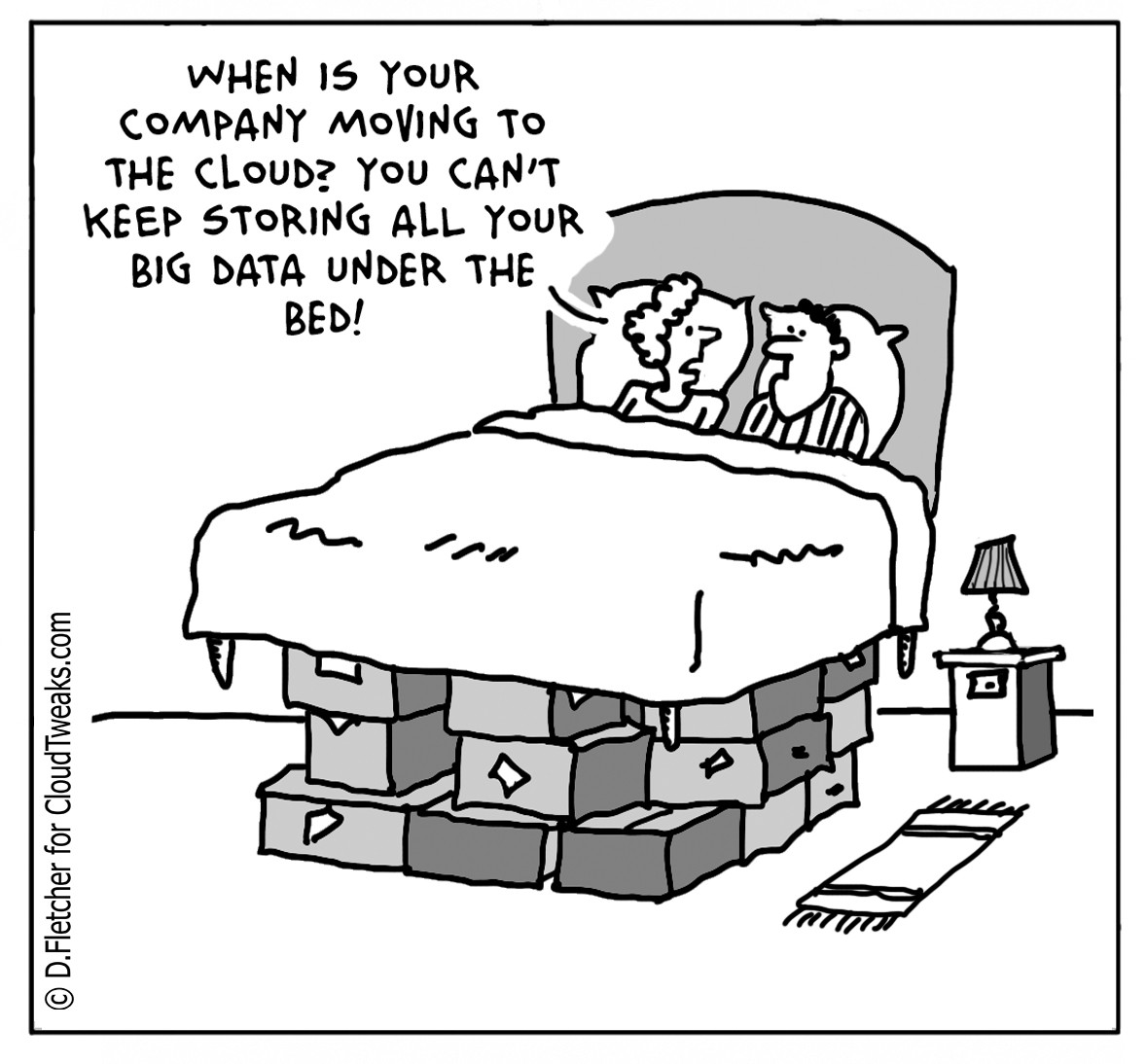
It’s no surprise that data clean rooms (DCRs) have become the go-to solution for customer insights. With the depreciation of cookies and growing concerns about data privacy, companies are rapidly switching to first-party data strategies to collect and understand their customers. But while first-party data provides insights, the reality is that not all first-party data is created equal. It likely won’t give a complete picture of customers.
This is where DCRs shine. Businesses can securely collaborate on data with other businesses to gain deeper signals into potential opportunities and insights to complete the picture, helping create relevant and personalized experiences that build customer trust and loyalty.

What is a DCR? Embracing First and Second-Party Strategies
A DCR is a secure environment where companies can share their first-party customer and market data with each other to learn more about customers without revealing any personally identifiable information. This collaborative, protected view of customer profiles is known as second-party data.
Why would companies want to do this? By using one another’s data, companies can help fill the gaps where they may lack insight.
This is where second-party data can help create a unified view of their customers. This is especially important as major web browsers like Google and Safari phase out third-party cookies—once marketers’ primary way of tracking user behavior—as well as mobile device OEMs like Apple, which have increased the ability for users to control their own personal data.
Companies using a DCR gain a fuller view of their customers’ purchase history, behaviors and preferences. This helps companies improve and measure their audience targeting, enhance their marketing efforts and maintain their competitive edge.
Sounds simple, right? What’s the catch? Before companies can effectively use DCRs, they need clean, updated data. After all, combining messy or redundant data with another company’s data will create a flawed view of customers. It takes a lot of coordination to start to use second-party data with another company, and it’s best to make the best out of those efforts with a clean, traceable dataset at the core. To make things even more complicated, there may be a need for three to five different solutions for different partners involved in the collaboration.
This is where customer data platforms (CDPs) come in. By centralizing customer data from various sources, CDPs give companies a solid foundation for practical data analysis and utilization.
Unifying Customer Data with a CDP
Let’s start with a scenario that explains why a company would use a CDP before a DCR.
Imagine a retailer with customer data stored in three different places, such as its online e-commerce system, loyalty system and in-store point-of-sale system. If these systems can’t communicate, the retailer doesn’t have a complete, unified view of customer behavior, preferences and purchase history.
If the retailer brought this incomplete or inconsistent information into a DCR, the dirty data would erode the value of the collaboration entirely. Often at the worst time since data collaboration relationships take a considerable amount of time to coordinate and negotiate outside of the technology involved. This leads to ineffective matching, targeting, irrelevant messaging and ultimately, a loss of potential sales and customer loyalty.
This is all compounded by the likely future that all organizations will need multiple DCR solutions across different partners and use cases. A CDP is intended to align and coordinate across such disparate systems.
That’s why companies need to implement a CDP to synthesize all of the disparate data flowing across an organization. With the most up-to-date and reliable data, they can effectively use DCRs to better collaborate with multiple partners across multiple DCRs and discover valuable insights. It’s a win-win scenario.
Enhancing Customer Insights with DCRs
With consumer privacy concerns rising and data collection regulations tightening, marketers are seeking alternative ways to gain insight while also protecting consumer privacy.
More and more, they’re turning to DCRs. By the end of 2023, 80% of advertisers with media budgets of $1 billion or more are expected to adopt DCRs.
So, let’s talk about how companies can use DCRs. There are a few ways companies can use DCRs and second-party data to build better customer outcomes, including:
- Improve targeting and personalization: As marketers pour their first-party data into a DCR to compare and match it against a media platform’s data, it allows them to see an aggregated overlap view of customers with associated new insights that helps effectively target advertising campaigns and increase ROI.
- Build new segments for targeting: DCRs also can identify new audiences. As companies review each other’s data, they can use their CDP to build separate audience segments that they may have otherwise missed using only their data.
- Discover high-value customers: High-value customers have a higher likelihood of generating revenue. Combining a company’s data sources helps identify its most valuable customers and create lookalike audiences.
- Save money on ad spend: DCRs can also reveal inconsistencies in data and help marketers avoid over-serving ads to the same audiences. Nothing is worse for ad budgets, especially during an economic downturn, than spending marketing dollars in places that don’t yield an ROI.
A Tale of Two Companies: How DCRs and Second-Party Data Combine for Effective Audience Targeting
To illustrate how DCRs and second-party data can be used for effective audience targeting, let’s consider a scenario involving two companies.
In this scenario, Brand-A is a running shoe manufacturer specializing in high-performance running shoes and clothes. They have unique proprietary insights to the athletes in their newsletters and direct-to-consumer (DTC) or loyalty programs. But the company’s marketing goal is to reach parents with their new children-line of sports shoes and clothes.
Retailer-B is a sporting goods retailer that sells sporting equipment and clothing (they could also be a publisher or social media network). They have online and offline sales, newsletters and a loyalty program as well.
Retailer-B might collaborate on its first-party data and related market insights with Brand-A, especially if Retailer-B has a Retail Media Network (RMN) business where they can serve high-margin ads at the point of purchase.
In an RMN scenario, this enables the running shoe manufacturer, Brand-A, to purchase ad impressions for their new line of products to those that are likely new parents onsite as well as offsite while potentially also suppressing ads that were recently bought directly through DTC. This is just one example of how DCRs and second-party data can enable brands to reach target audiences effectively.
Even without an RMN, there are many reasons to bolster brand relationships and enrich the customer experience across both parties. This not only improves Brand-A and Retailer-B’s marketing efforts but also builds stronger relationships between partnering companies. In the future, these two companies can turn to each other for new business opportunities and partnerships across loyalty, in-store experiences, supply chain optimization and more.
Looking Ahead, DCRs Poised for Marketing Adoption
As an analogy, DCRs are poised to be as hot as credit cards in the 1980s. Especially as second-party data proves to be valuable to companies looking to broaden customer insights as third-party data erodes. Just as credit cards require a single checking account to manage all transactions, the use of DCRs and CDPs requires a centralized approach to managing customer data across various channels and sources.
Companies can take advantage of a joint DCR and CDP solution to improve the quality and reliability of their data across multiple DCRs, comply with evolving privacy regulations and collaborate with other brands for mutual benefit. As companies allocate their 2023 marketing budgets, it’s critical to explore how CDPs and DCRs can maximize second-party data collaboration.
By Matt Hallett
Originally posted on April 12, 2023 @ 1:38 pm

